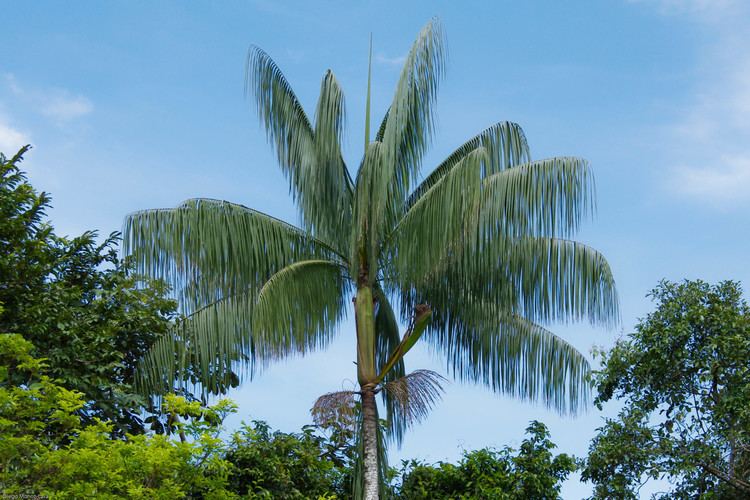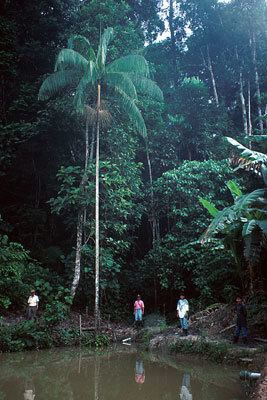Rank Species | Genus Euterpe Higher classification Euterpe | |
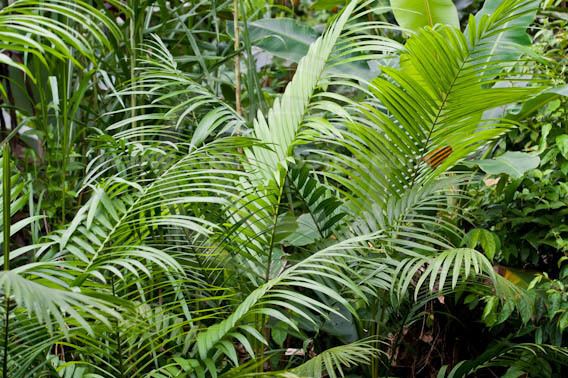 | ||
Similar Euterpe, Palm trees, Oenocarpus, Oenocarpus bataua, Astrocaryum | ||
Wasai euterpe precatoria
Euterpe precatoria is a tall, slender-stemmed, pinnate-leaved palm native to Central and South America and Trinidad and Tobago. E. precatoria is used commercially to produce fruits, although Euterpe oleracea is more commonly cultivated due to its larger fruits.
Contents
- Wasai euterpe precatoria
- Palmeras majo y asa en bolivia oenocarpus bataua y euterpe precatoria
- Biological description
- Uses
- Varieties
- Etymology
- Synonymy
- References
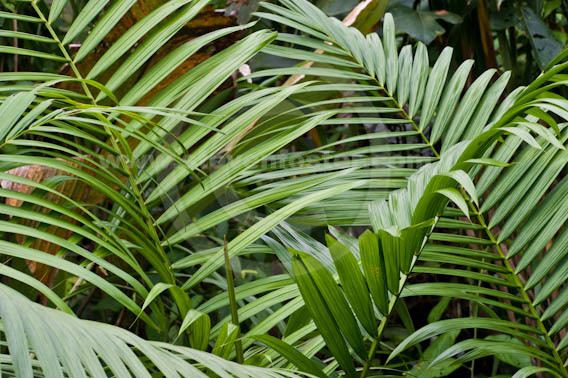
Palmeras majo y asa en bolivia oenocarpus bataua y euterpe precatoria
Biological description
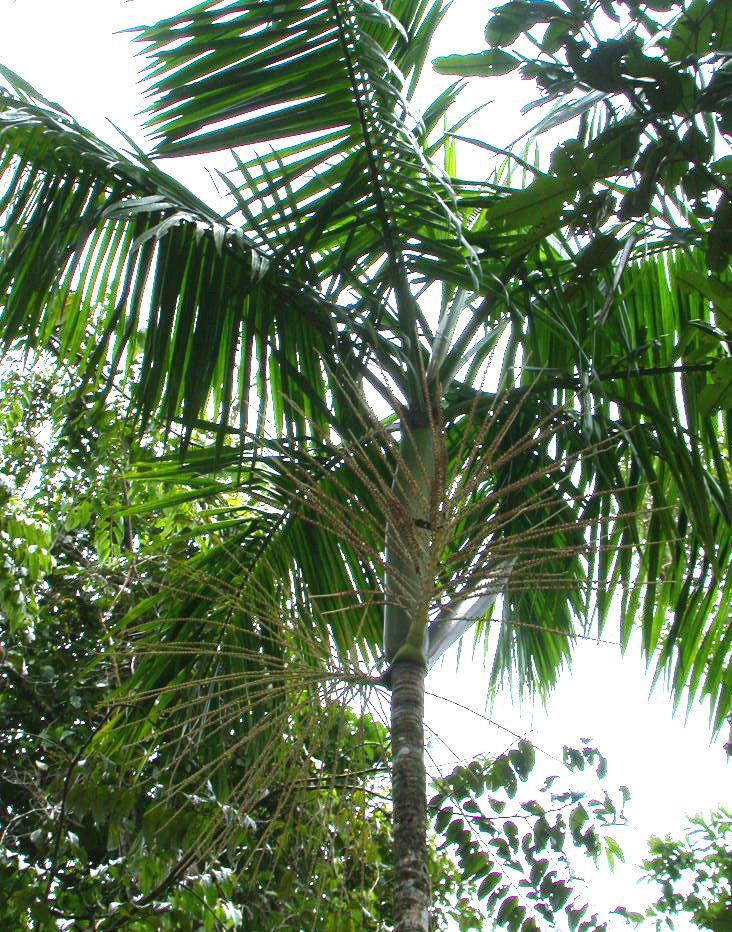
Stems are usually solitary (occasionally clustered), 3–20 metres tall and 4–23 centimetres in diameter. It is also estimated to be the most common tree in the Amazonian region, though it accounts for just over 1% of all trees there (5 billion out of 390 billion).
Uses
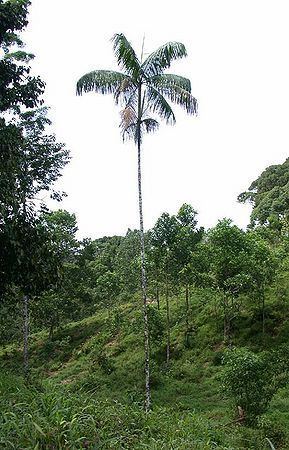
As well as the edible fruits, this palm is a source of prized (though not very nutritious) hearts of palm. Since it is generally solitary, harvesting palm hearts kills the tree, and has led to a reduction in numbers.
Varieties
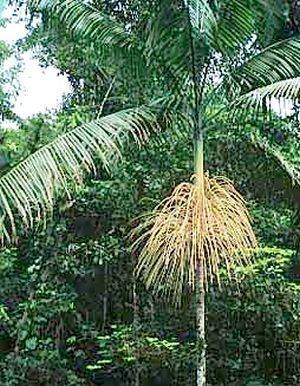
Two varieties are recognised: E. precatoria var. precatoria which has tall, solitary stems and is found in Trinidad and throughout most of the South American portion of the range, and E. precatoria var. longivaginata (Mart.) A.J.Hend. which has shorter, solitary or clustered stems, and is found in Colombia and Central America.
Etymology
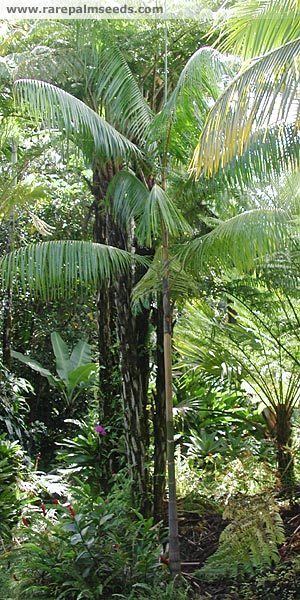
Common names include mountain cabbage in Belize, açai, açaizeiro, açaí-do-amazonas or açaí-solitário in Brazil, asaí and palmiche in Colombia, wassaï in French Guiana, huasaí in Peru and manaca in Venezuela. The stems are used for construction, a beverage is made from the fruit, and the roots are used medicinally.
Synonymy
Synonyms:
